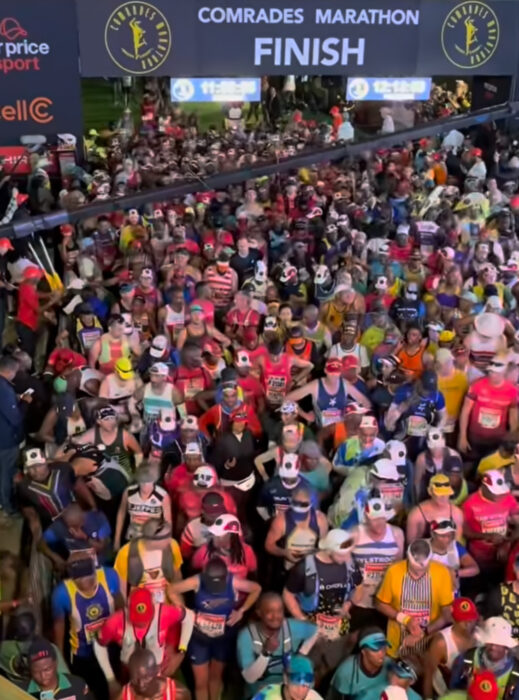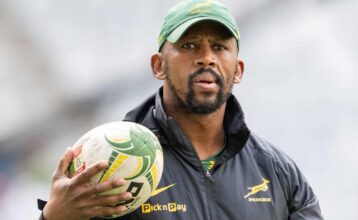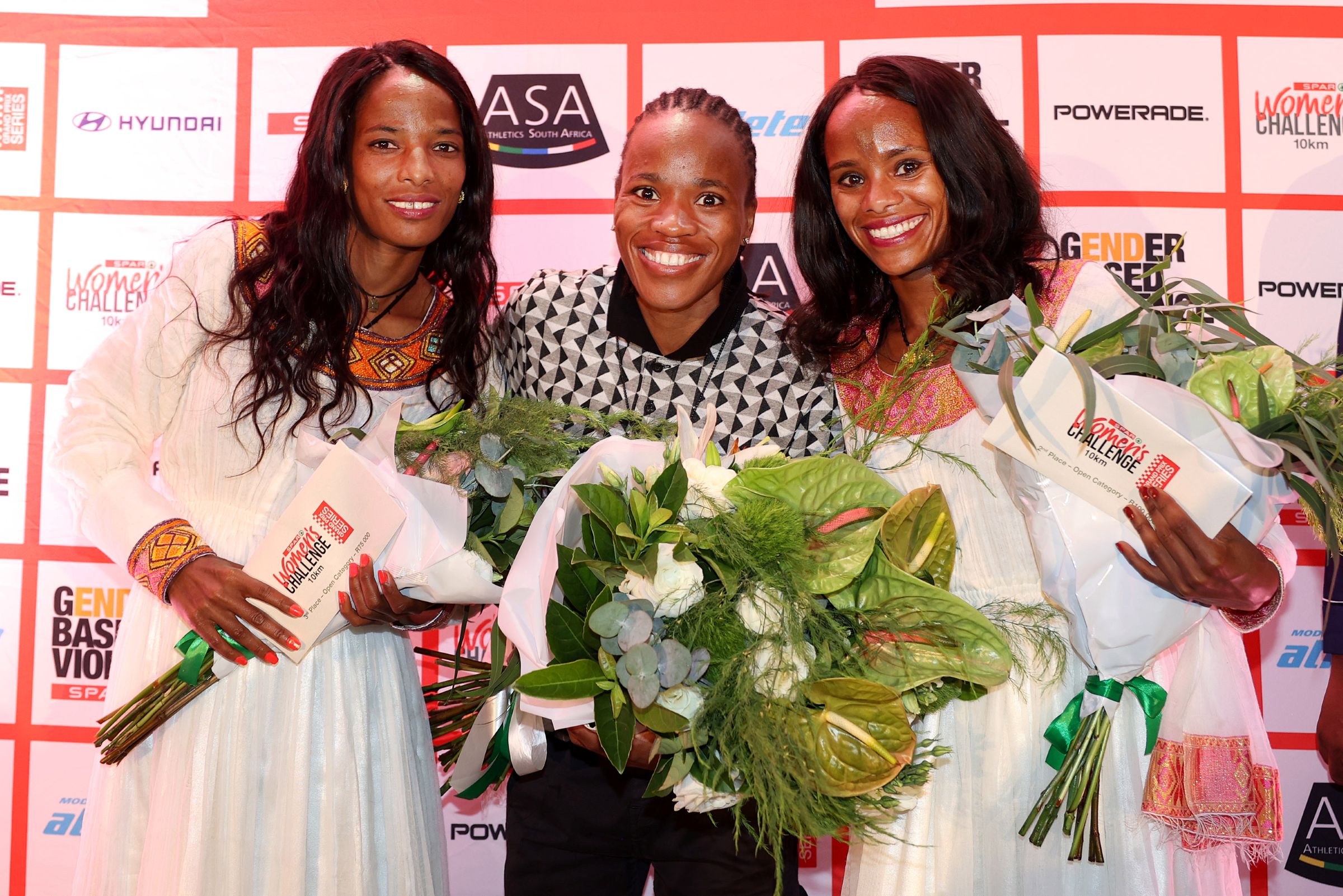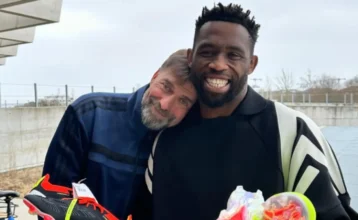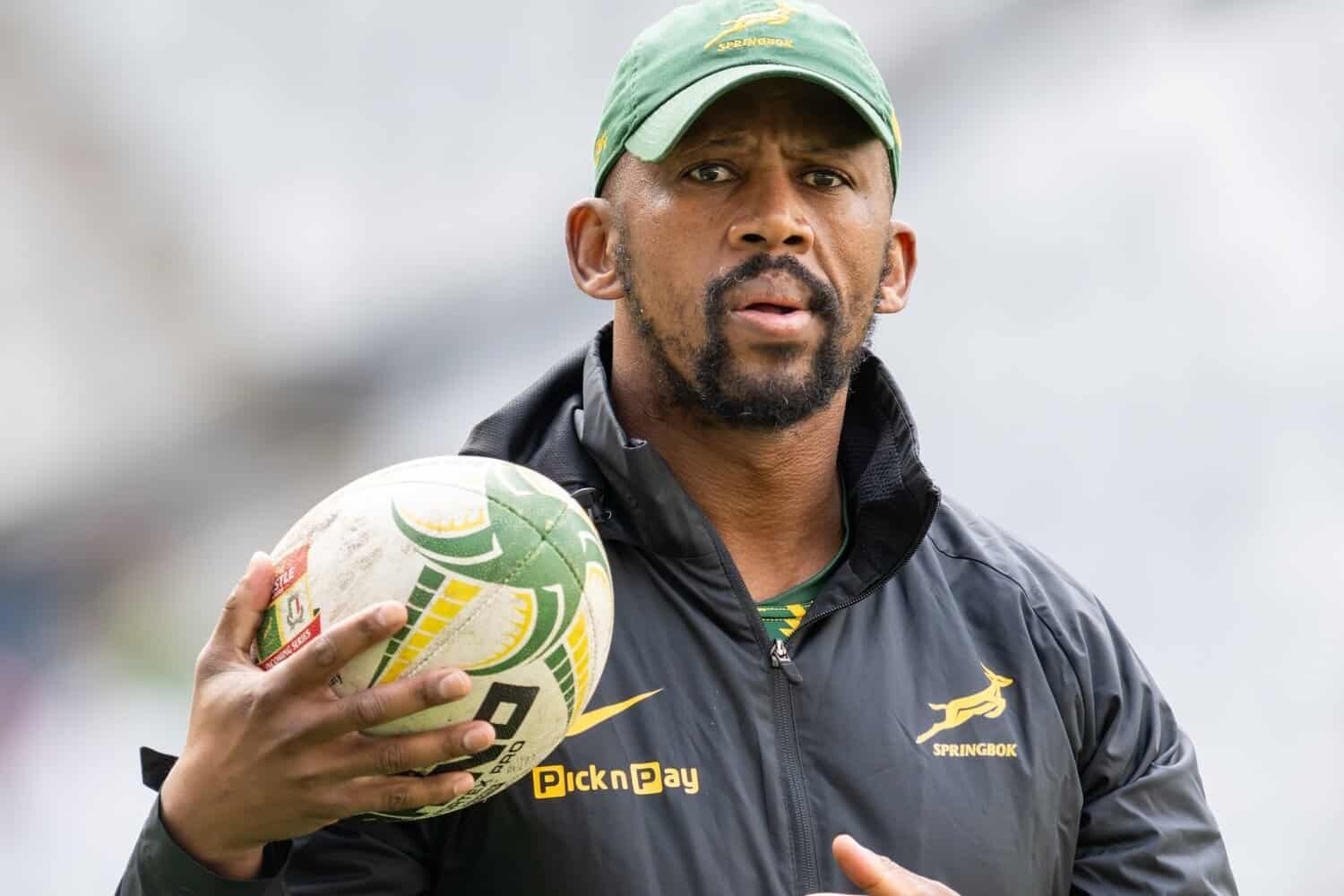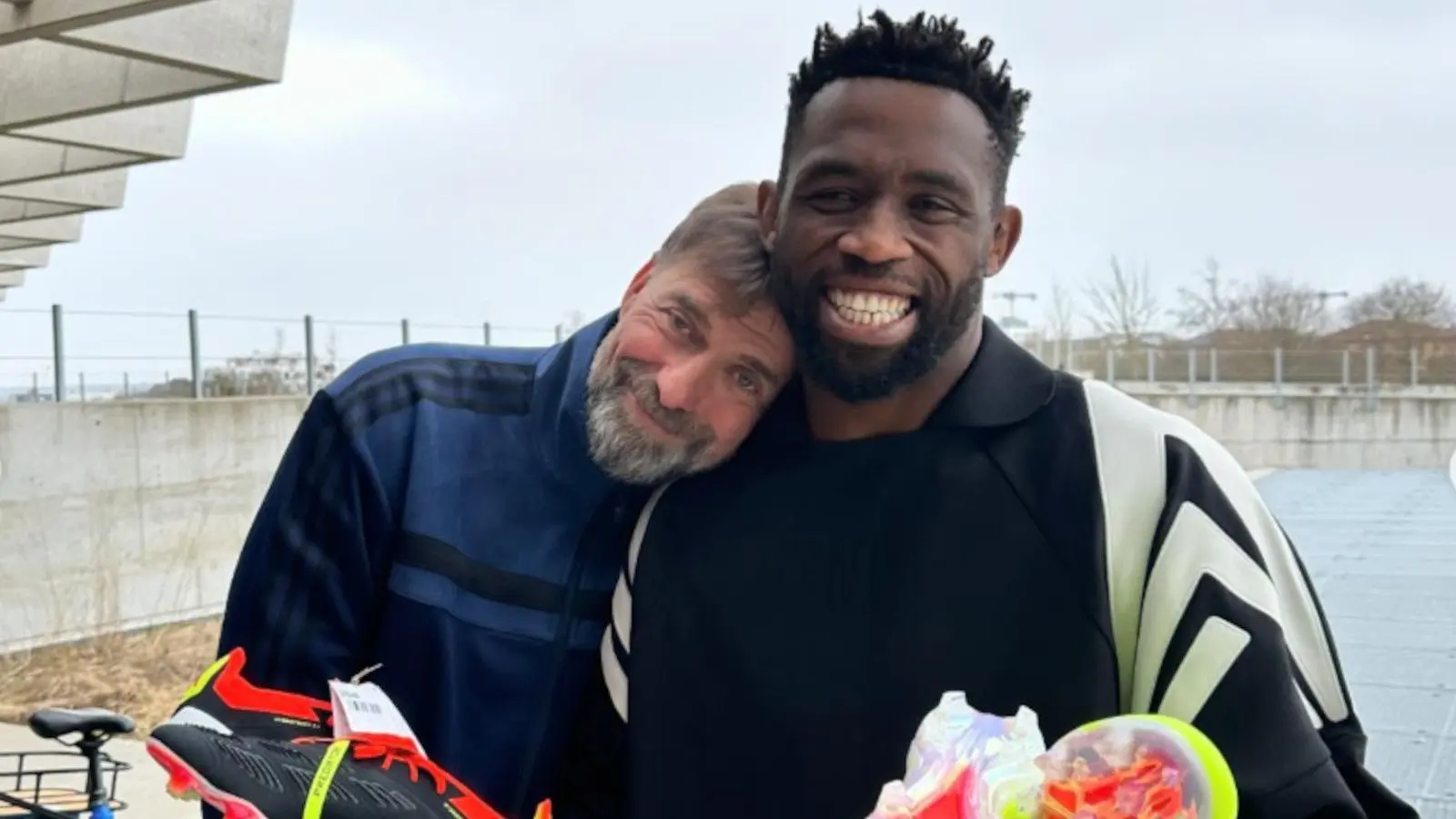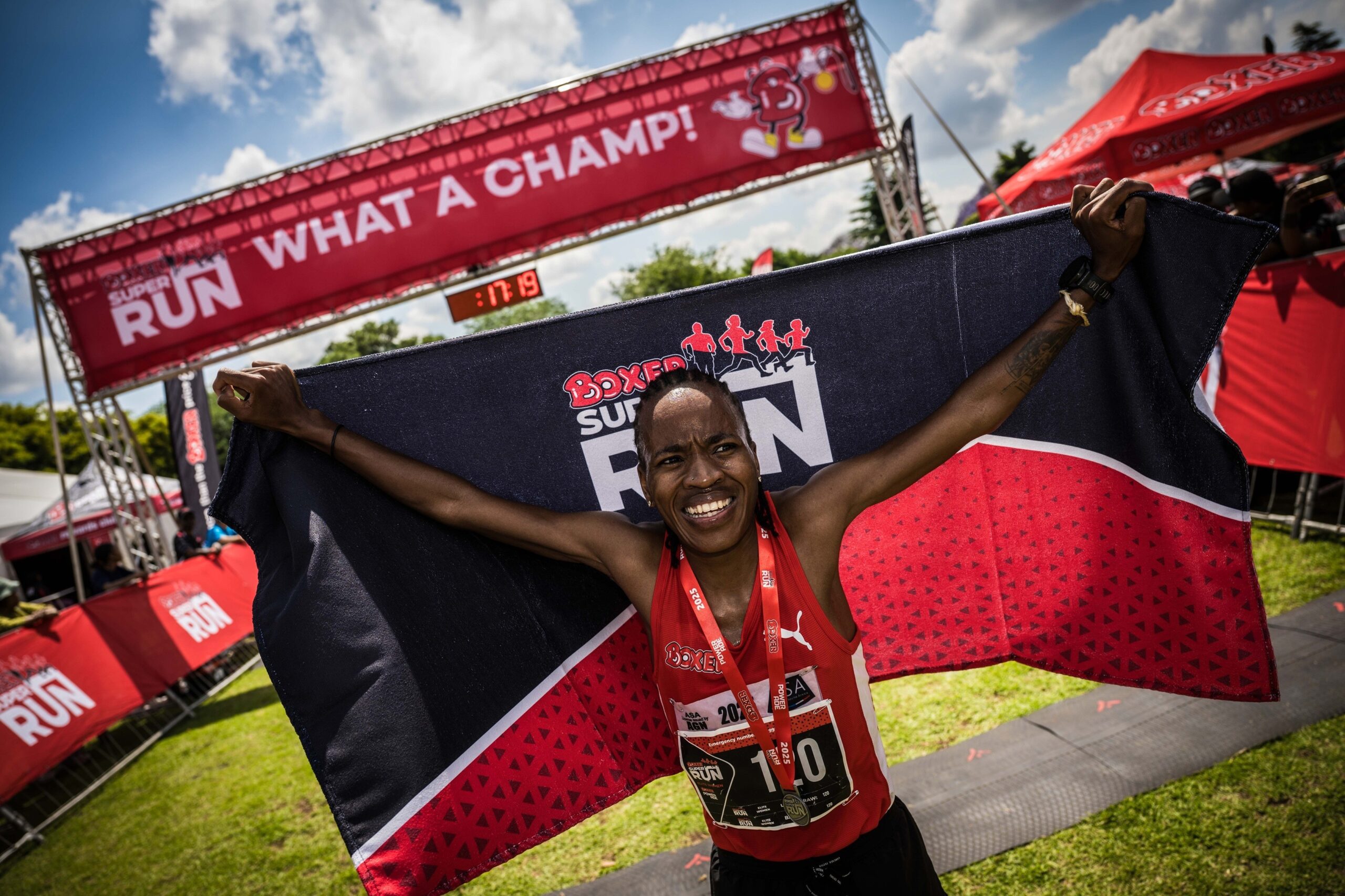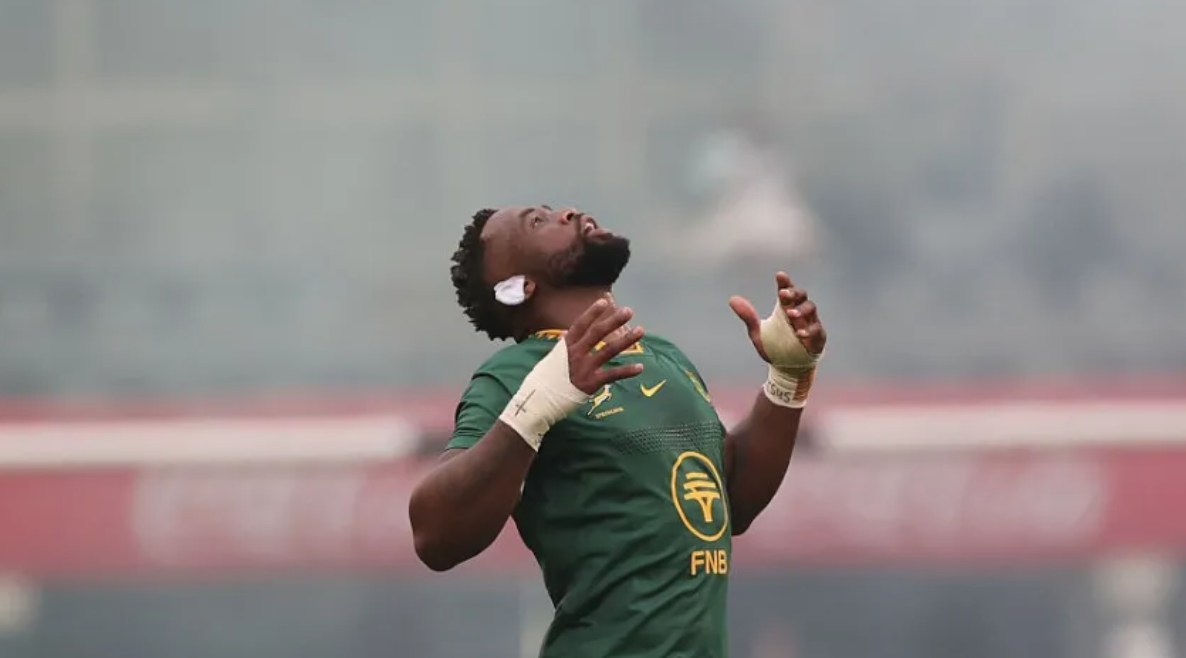For while the elite athletes were writing history on the road, many of the average back of the pack runners found themselves entangled in a logistical quagmire at the finish that slightly marred a triumphant day of endurance and spirit.
Yes, the Comrades Marathon Association (CMA) boasted about a record 18,194 finishers, and elite athletes like Tete Dijana and Gerda Steyn continued to dominate the headlines. But behind the shiny medals and social media highlight reels was a course littered with frustration, confusion, and near-crisis.
The road from Pietermaritzburg to Durban is hard enough — a brutal 89km slog of searing quads and waning willpower.
But this year, the pain didn’t stop when the finish line tape was broken. It merely shifted into a different kind of agony: a finish venue so congested that many runners said it felt like “trying to run another Comrades through a human traffic jam.”
Finish line or funnel of frustration
Imagine conquering 12 hours of pounding blistering tar only to be funneled into a claustrophobic knot of chaos. That’s what thousands of runners experienced at the newly relocated finish in Durban’s People’s Park. With the heat baking the tarmac and thousands pouring in during the final hour, the venue became a bottleneck of exhaustion and confusion.
Some runners reported being stranded for up to 45 minutes, unable to exit the cramped finishing precinct. Others described the space behind the finish line as “a cramp-inducing cattle pen,” with dazed runners staggering around like dehydrated wildebeests at a dried-up watering hole.
Though the CMA insists “there were no stampede incidents” and “no injuries reported,” this was not due to flawless planning but perhaps sheer luck — or the exhausted patience of runners too tired to protest.
When the dust settles and the last echoes of exhausted footsteps fade into silence, it’s easy to point fingers at the blisters and bruises left behind. But credit must still be handed over—like a water sachet at the peak of Polly Shorts—to those willing to shoulder the weight of responsibility.
And in this regard, Alain Dalais, General Manager of the Comrades Marathon Association’s (CMA) organising machine, deserves a firm nod of appreciation.

Comrades General Manger Alain Dalais
Dalais has shown the rare trait of a race organiser with ears wide open and ego tucked away. Like a seasoned pacer who listens to the rhythm of the runners around him, he’s acknowledged the cramps in this year’s organisational stride and begun the hard work of realignment.
In the wake of the finish-line frenzy and logistical stumbles, the CMA has laced up for a tough recovery run—committed to reflection rather than deflection.
Instead of brushing off the criticism like sweat on a brow, they’ve taken it to heart, embracing the language of learning as one might embrace a second wind on Fields Hill.
“We hear the criticism and complaints,” said Dalais with the calm of a veteran who’s seen many an uphill battle. “Particularly about the finish venue, management of flow, and security.”
“This is one of the most important aspects of the race plan that we are already looking at carefully and working to fix for next time.”
He didn’t try to sprint past the problems or duck into the shade. Instead, he acknowledged that organising the Comrades—a logistical ultramarathon in itself, with moving parts as unpredictable as race-day weather—was never meant to be a jog through a rose garden.
“Organising an event with the magnitude of the Comrades Marathon, which literally involves a million moving parts, is not a walk in the park,” he admitted. “That presents its own challenges, but it’s how we rectify these going forward that’s important.”
Dalais noted that the street finish was unfamiliar territory—a new stretch of road with its own potholes and pressure points. Like a novice runner learning to master cadence on cobblestones, the organisers are now pouring over every misstep and misjudgment, seeking to recalibrate the route for smoother sailing next year.
“The feedback is being seriously reviewed and attention being given to improve on all aspects,” he assured.
It’s a promising start, a toe across the timing mat of accountability. But for many runners, who felt more trampled at the finish than they were battered by Inchanga’s brutal climb, words alone are not the balm they crave.
They want to know that next year, the finish line won’t feel like hitting a wall at 89km, but rather the triumph it should be—the well-earned reward after the long, hard road from Pietermaritzburg.
Split starts, split opinions
The introduction of the first-ever split start — an innovation meant to improve safety and flow — was one of the elements that earned cautious applause. It got all 20,972 runners off the line in under six minutes. That’s something.
But even that success wasn’t without its hiccups: 19 runners from Group 2 found themselves flagged for starting with Group 1 and were slapped with 30-minute penalties, suggesting a system that still needs fine-tuning, especially with the stakes being so high for those chasing medals or personal bests.
On the medical front, over 440 athletes were treated in the Finish Medical Tent, and 200 sent to hospital. One runner, Moira Harding, went missing entirely — found only the next morning, an unsettling footnote in a race that markets itself as “The Ultimate Human Race.”
Though all patients were reported stable, the CMA still faces questions about how such lapses in tracking can occur in the age of real-time GPS and athlete apps.
To make matters worse, social media was ablaze with false reports of runner deaths — a grim digital sideshow that only highlighted the anxiety surrounding safety and communication.
We hear you,” says CMA
Dalais promised that feedback will be integrated into future planning and confirmed that 2025’s race was being treated as a vital trial for 2027’s centenary event.
To bolster that process, the CMA even brought in Dr. Hilary Walker of the International Association of Ultrarunners to consult on the event. “She had valuable insights,” Dalais noted. We can only hope those insights go beyond box-ticking and into real systemic change.
A race of legends and logistics
To be fair, the race wasn’t without its glory. Louis Massyn completed his 50th Comrades, and 83-year-old Johannes Maros Mosehla defied time itself once again. These are the stories that fuel the Comrades legend — moments that rise above the mundane and inspire every novice and veteran alike.
But for every shimmering medal and proud selfie, there was a runner cursing under their breath in the finishing chute, trying to navigate through a sweaty labyrinth of fencing, fencing, and more fencing. “They should’ve handed out compasses instead of medals,” quipped one exhausted finisher on Facebook.
The way to 2026 and 2027: A century in the making
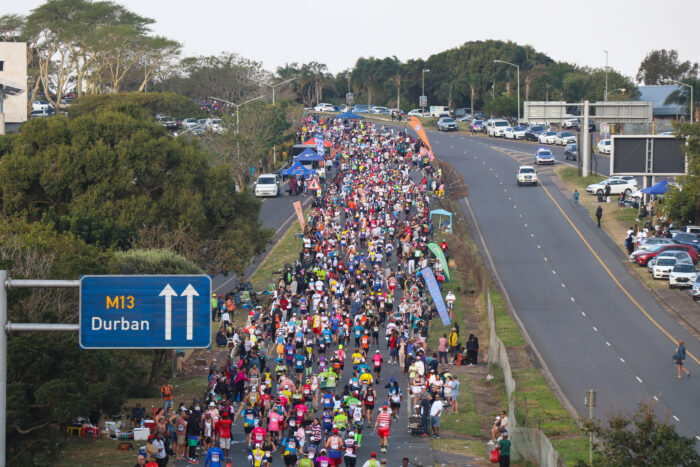

With just two editions left before the centenary, the CMA is under pressure to get things right — and fast. The clock is ticking, and runners are watching.
“We will be implementing changes and improvements to enhance the overall runner and spectator experience,” Dalais promised.
Comrades isn’t just a race. It’s a ritual. A moving, breathing monument to human endurance. But if the organisers want it to remain “The Ultimate Human Race,” they’ll need to remember that humans don’t just run on grit and glory — they also need space, structure, and a finish line experience that matches the magnitude of the achievement.
Many aspects of Comrades 2025 was a move in the right direction. However, the CMA will have to raise the bar by hitting the training road as hard as its runners did — because next time, there will be no dress rehearsal.

